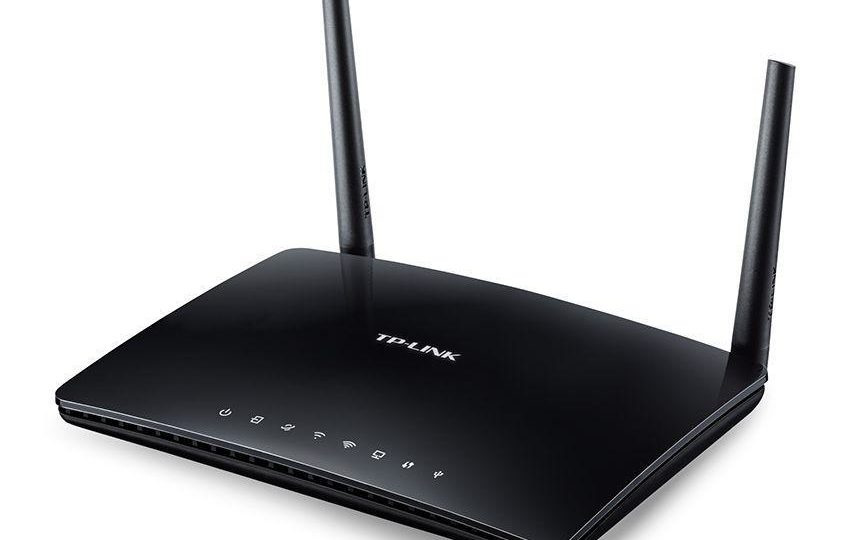In order to have fast internet connection it is important to have a proper router setting up. Obviously a fast internet would let us to make our search engines work efficiently. Here are some of the suggestions that might help:
1-802.11 n Support: enables to have a high WIFI speed by supporting N or later WIFI tech. As high wifi speed plays an important role in every aspect of your computer usage. But if you are a streamer like me you know how important your fast router is. One day i was facing Destiny 2 Corsair Down but turns out my router settings were not so good for it.
2-WMM settings: Many of the mobile devices such as iPhone or iPad need WMM settings in order to function properly.
3- 2.4 GhZ or 5GhZ: 2.4GhZ is usually slow and most interference in most of the cases comparatively 5GhZ is mostly fast with less interference.
4-20 MhZ or 40 MhZ: 20 MhZ is used for 2.4 GhZ whereas 40 MhZ is used for 5 GhZ wireless frequencies.
5-AP Isolate: is required to enable public WIFI.
6- IP Flood Detection: is usually required when computers come across with any malware that interferes with your WIFI network.
7-Multicast rate: is required for broadcastings at public places for display.
8-Preamble Type: Short: Faster setting.
Long: Slower setting, better in a high noise environment. Older devices supported.
9-Beacon Interval:
Lower value: is usually 100 or below. Default settings are usually set up at the time of manufacturing. Utilized in most of the situations. It is required for most of the critical notifications like VoIP.
Higher value: Better performance is evident by more free bandwidth. Usually takes more time for router automatic SSID recovery.
10- DTIM Interval:
Lower value: 3 or below. Default setting is usually set up by manufacturers. Required for critical notifications such as VoIP OR PUSH notifications.
High value: More free bandwidth results in better performance. Sometimes weaker routers may crash or data may get lost.
11-Frame Burst: less than 3-4 devices may help to improve performance. More devices might result in higher lag.
12-WMM APSD: required for usual settings.
13- No Ack/Ack suppression: gets enabled with good signal strength. Improves speed. Might interfere with some problems with data accuracy.
14-Optimize AMPDU aggregation:
Enable: usually high error environment with slow performance.
Disable: low error environment with fast performance.
15-AirTime Fairness: enable it when the device you wish to boost is the faster speed link in case the device needed to be boosted is the lower speed link then make it disabled.
16-Beamforming:
Enable Explicit Beamforming: AC devices and few N devices. Mid Coverage.
Disable Explicit Beamforming: B/G and non-compatible N devices. Small Coverage.
Enable Implicit Beamforming: When Explicit Beamforming does not apply.
Disable Implicit Beamforming: Problems or small coverage.
17-IGMP Snooping:
When streaming and airplay mirroring is required enable it otherwise disable it for less resource overhead.
18-LAN Settings:
Jumbo Frame: Enable jumbo frame for high speed access to the storage devices otherwise disable it in other cases. Some of the advanced features may include OMADM setting as well. Here is all you need to know about sprint OMADM in 2021.
19- NAT Acceleration:
Required for speed above 100mb/sec. Helps to improve performance over speed of 200mb/sec. In order to allow for QoS, port forward, parental control makes it disabled.
In order to upgrade your WIFI and makes its speed faster here are some of the suggestions:
- Change positions of your wifi router
- Try to use connections of ethernet cables
- Use different channels or bands
- Make advancements or updating in your router
- Use WIFI extender
- Make use of electrical cables
- Set password on your WIFI
- Remove useless devices
- Have an inspection of your PC
- Make a restart of your Router





